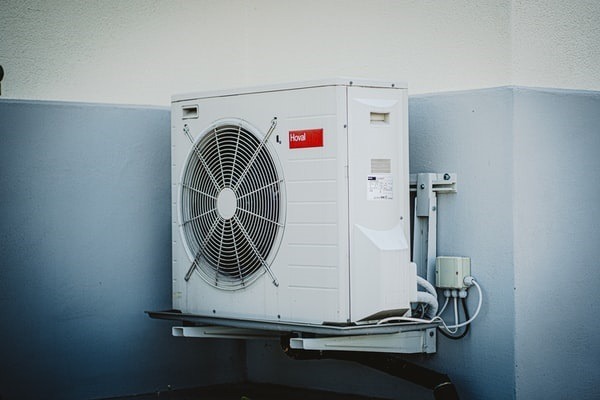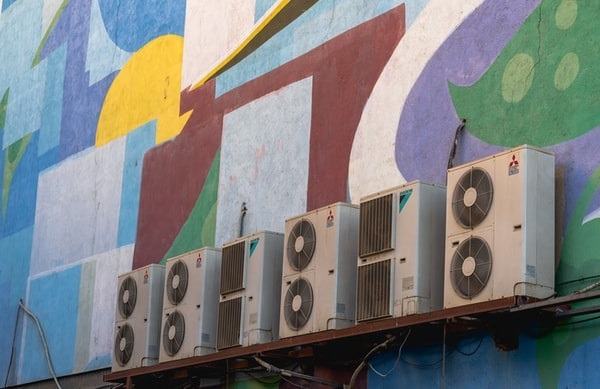A heat pump is a device that uses a small amount of energy to move heat from one place to another. But how do heat pumps work exactly? Keep reading to learn how a heat pump works and how it can save you money on your energy bills.
What is a heat pump, and how does it work?
A heat pump is a device that transfers heat energy from one location to another. The most common type of heat pump is the air conditioner, which transfers heat energy from inside a building to the outside environment. Heat pumps can also be used to transfer heat energy from one part of a building to another or from the ground to a building. So, how does a heat pump work?
Heat pumps work by using electricity to move the refrigerant through coils. The refrigerant absorbs heat energy as it moves through the coils and then releases that heat energy when it returns to the coil. This process allows the heat pump to move thermal energy from one place to another, either cooling or heating an area depending on its application.
What is the seasonal efficiency of a heat pump?
During the cooling season, the heat pump extracts heat from inside a building and deposits it outdoors. During the heating season, it does the reverse, extracting heat from outside and depositing it indoors. The efficiency of a heat pump is measured in terms of its coefficient of performance (COP), which is the ratio of useful energy output to electrical input. The higher the COP, the more efficient the heat pump.
The seasonal efficiency of a typical residential-sized heat pump usually ranges from 2.5 to 4.0, meaning that for every unit of electricity used to run the compressor, 2.5 to 4 units of useful thermal energy are delivered to or extracted from the building interior. This range assumes outside temperatures are within +/- 5 degrees Fahrenheit (F) of where desired indoor temperatures are set.
What are the parts and types of a heat pump system?
A typical heat pump system has three parts: an outdoor unit, an indoor unit, and a control panel. An outdoor unit is typically installed on the ground next to the house. It contains a compressor, a condenser, and a fan. The compressor pumps refrigerant from the indoor unit to the outdoor unit, where the heat is transferred to the outdoors. The refrigerant is then pumped back to the indoor unit, where the heat is released, and the cooled air is circulated inside the house.
The indoor unit is typically installed in a central location, such as a hallway or closet. It contains a coil, a fan, and a filter. The coil absorbs heat from the air inside the house, and the fan circulates the cooled air. The control panel is the brain of the heat pump system. It monitors the system and tells the compressor and fan when to turn on and off. There are various heat pumps, including air-source heat pumps, water-source heat pumps, and geothermal heat pumps.
Air-source heat pumps are the most common type. They use the outside air as the heat source in the winter and the heat sink in the summer. Water-source heat pumps use a body of water, such as a lake or a river, as the heat source in the winter and the heat sink in the summer. Geothermal heat pumps use the earth as the heat source and the heat sink.
Conclusion
A heat pump is an essential appliance to have in your home because it helps to keep you comfortable all year round. It does this by transferring heat from one place to another, which can help to lower your energy bills. A heat pump is a great way to heat and cool your home.


